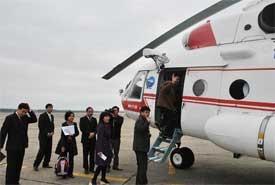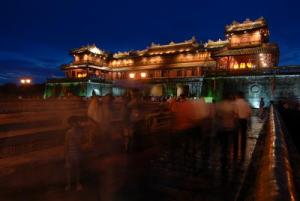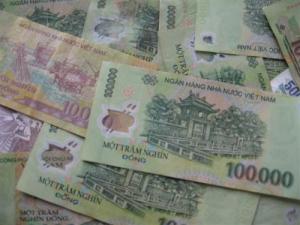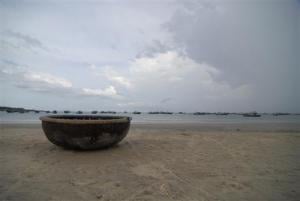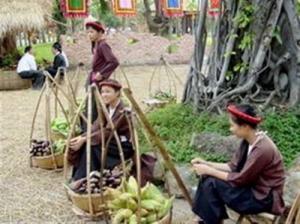Vietnam Spends Billions to Boost Tourism
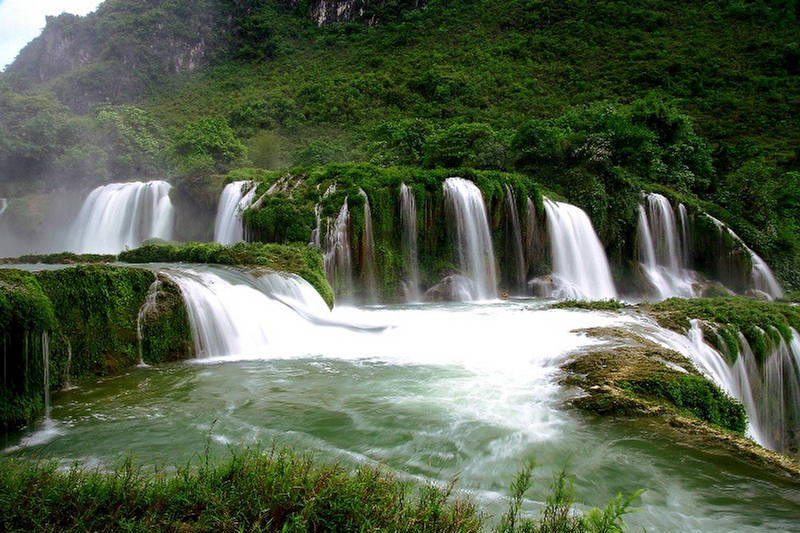
A total of VND1,931 trillion (US$94.2 billion) will be spent to boost Vietnam’s tourism and make it the country’s key sector by 2030. These investments will be carried out between 2011 and 2030, where 8-10 percent of the investment will be allocated from the state budget, while the larger share will come from private businesses. These investments will take place in the country’s major tourist spots, especially those in rural and border regions and islands.
In order to make Vietnam a “developed” tourism destination, several approaches need to be undertaken. An initial priority is to upgrade infrastructure. Other main approaches include the development of competitive tourism products and improvement of human resources in the tourism industry. Under a tourism development project approved by Vietnamese Prime Minister Nguyen Tan Dung, protection of the tourist spots was also given huge priority.
From the same project plan, eight priority sites were listed, one of which is Ban Gioc in the mountainous area in northern Vietnam which will receive a total investment of $500 million throughout the proposed development period. During 2007, the Vietnamese government had approved a VND2.4-trillion plan to develop infrastructure at the waterfall site from 2008-2020 for aims to boost the number of arriving tourists in the area to one million by 2020. At present, it attracts around 30,000 visitors annually. Saigontourist, a leading travel agency, began construction on a four-star resort near the famous waterfall early last December and is scheduled to open by the end of this year. Total investment for the project is at VND170 billion.
For some time now, both Vietnam and China claim sovereignty over Ban Gioc area as it is situated on the border between the two countries. Ban Gioc Falls is situated in Cao Bang Province, which the Chinese call Detian Falls. It is one among the known largest falls in the world that lie in the border of two countries along with Brazil and Argentina’s Iguazu, Zambia and Zimbabwe’s Victoria and Canada and the United States’ Niagara.
According to the 1999 Viet Nam-China Treaty on Land Borderline, Vietnam has sovereignty over the waterfall’s tributary while the large waterfall is shared by the two countries. But local media reports during the past years created headlines about the same sovereignty issues when they captioned the waterfall's location as to be in China only.
With some of the projects already initiated and many more underway, Vietnam expects a 5.2-8.4 percent year-on-year increase of foreign visitors by 2030 and an average of 4.8 percent annual increase in the number of domestic tourist arrivals. According to Vietnam National Administration of Tourism (VNAT) statistics, the number of foreign tourists visiting Vietnam in 2012 grew to around 4.17 million from the 14.2 percent one year earlier. Revenues from tourism also grew to nearly a fourth to VND160 trillion (US$7.68 billion) last year. Revenue from tourism is projected at $18.5 billion by 2020, and at $35.2 billion by the end of the development period in 2030.




